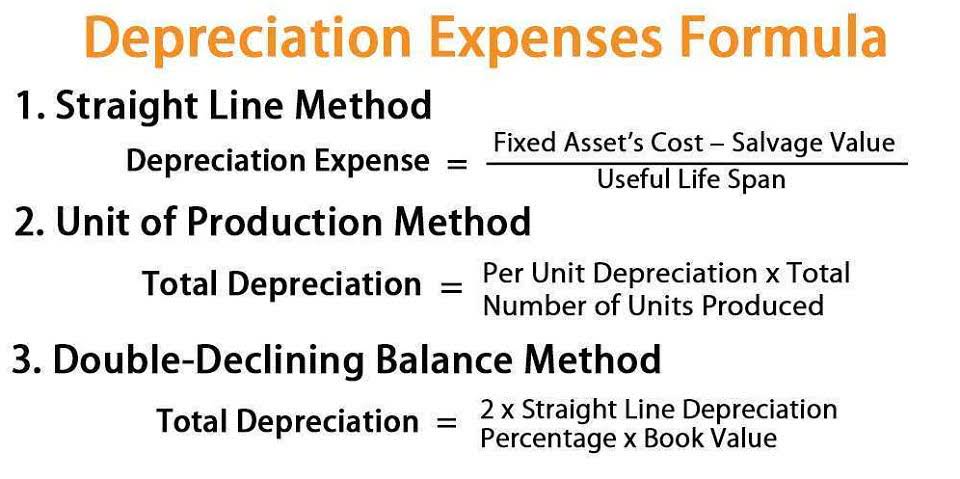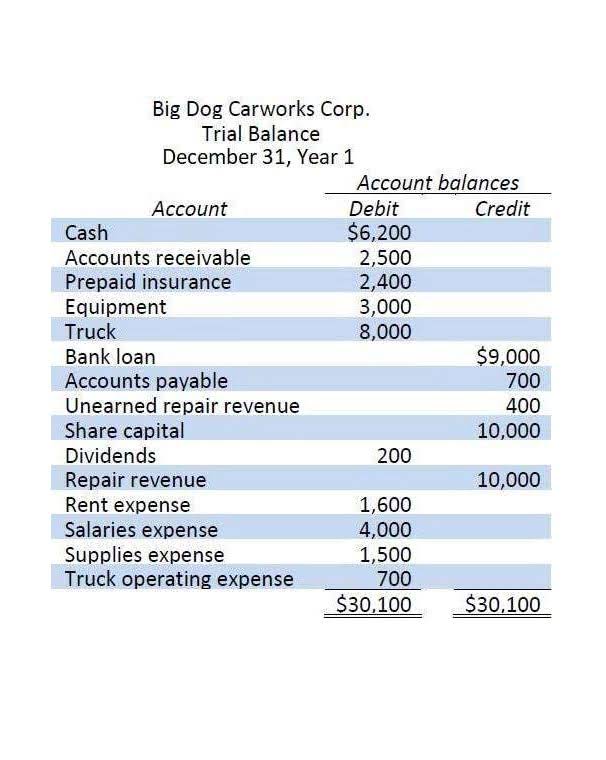
The main advantage of absorption costing is that it complies with generally accepted accounting principles (GAAP), which are required by the Internal Revenue Service (IRS). Furthermore, it takes into account all of the costs of production (including fixed costs), not just the direct costs, and more absorption costing accurately tracks profit during an accounting period. You can calculate a cost per unit by taking the total product costs / total units PRODUCED. Yes, you will calculate a fixed overhead cost per unit as well even though we know fixed costs do not change in total but they do change per unit.
Application of Overhead Absorption Rates
To complete periodic assignments of absorption costs to produced goods, a company must assign manufacturing costs and calculate their usage. Most companies use cost pools to represent accounts that are always used. Generally accepted accounting principles only require absorption costing for external reporting, not internal reporting.
Activity Based Management (ABM)

Companies must choose between absorption costing or variable costing in their accounting systems, and there are advantages and disadvantages to either choice. Absorption costing, or full absorption costing, captures all of the manufacturing or production costs, such as direct materials, direct labor, rent, and insurance. Absorption costing is an easy and simple way of dealing with fixed overhead production costs. It is assuming that all cost types can allocate base on one overhead absorption rate. The absorption rate is usually calculating in of overhead cost per labor hour or machine hour. The products that consume the same labor/machine hour will have the same cost of overhead.
- The total amount of overhead accumulated for a production department is ultimately charged to the various cost units of that department.
- One of the main impacts of absorption costing on financial statements is that it can affect the profitability of a company.
- It gives reasonably accurate results when the quality and prices of raw materials do not differ substantially.
- All of our content is based on objective analysis, and the opinions are our own.
- Maybe calculating the Production Overhead Cost is the most difficult part of the absorption costing method.
- This method is usually applied in cases where labor is the main factor in production.
Overhead Absorption
- This enables businesses to make informed decisions and maintain accurate financial records in a complex manufacturing environment.
- It is to be noted that selling and administrative costs (both fixed and variable) are recurring and, as such, are expensed in the period they occurred.
- In practice, if your costing method is using Absorption Costing, you are expected to have over and under absorption.
- These include expenses like rent for the manufacturing facility, depreciation on machinery, and salaries of supervisors.
- The accuracy of product costs under this technique is contingent on the proper allocation of overhead costs.
- Moreover, due to the existence of fixed expenses, an increase in output volume usually results in a lower unit cost.
Even if a company chooses to use variable costing for in-house accounting purposes, it still has to calculate absorption costing to file taxes and issue other official reports. It is to be noted that selling and administrative costs (both fixed and variable) are recurring and, as such, are expensed in the period they occurred. However, these costs are not included in the calculation of product cost per the AC.
Percentage of Direct Labor Cost
Absorption costing is also known as full absorption costing or full costing. In practice, if your costing method is using Absorption Costing, you are expected to have over and under absorption. Absorption costing is viewed as the cornerstone of cost accounting in manufacturing businesses and plays a pivotal role in financial decision-making and performance evaluation. Absorption costing results in a higher net income compared with variable costing. Based on what we have seen above, the idea of profit is not aparticularly useful one as it depends on how many units are sold. Forthis reason, the contribution concept is frequently employed bymanagement accountants.

Why Use the Absorption Costing Method?
By following these steps, you can calculate the absorption costing for a company and use it to assess the full cost of producing a product, determine the cost of goods sold, and calculate the gross margin. It is best suited to those units of production where overheads depend on both direct materials and direct labor. Thus, the absorption of overheads is the function of apportioning overhead costs to individual units, jobs, production lots, processes, work-orders, or such other convenient cost units. Variable costing will result in a lower breakeven price per unit using COGS.
Accounting for All Production Costs
Our work has been directly cited by organizations including Entrepreneur, Business Insider, Investopedia, Forbes, CNBC, and many others. At Finance Strategists, we partner with financial experts to ensure the accuracy of our financial content. If a job involves direct wages of $1,000, the overhead to be absorbed amounts to $500 (i.e., 50% of $1,000). The overhead rate is applied to determine the amount of overhead to be charged to a job. The cost calculation is systematically assigned to the product because there are not batches or LOTS.

Absorption costing (also known as traditional costing, full costing, or conventional costing) is a costing technique that accounts for all manufacturing costs (both fixed and variable) as production cost. It is then utilized to calculate the cost of products produced and inventories. The absorbed-cost method takes into account and combines—in other words, absorbs—all the manufacturing costs and expenses per unit of a produced item, ones incurred both directly and indirectly. Some accounting systems limit the absorbed cost strictly to fixed expenses, but others include costs that can fluctuate as well.

Therefore, calculated costs include direct and indirect costs, such as materials, commissions, wages, quality control costs, insurance, and rent. Firms that use absorption costing choose to allocate all costs to production. The term “absorption costing” means that the company’s products absorb all the company’s costs. The accuracy of product costs under this technique is contingent on the proper allocation of overhead costs. Furthermore, certain overhead expenses get apportioned based on arbitrary criteria.
